Innsbruck

Renowned as an international centre for winter sports, Innsbruck is also home to a rich tradition of spectacular architecture.
Towering high above the city on the wooded Bergisel Hill, the landmark Bergisel Ski Jump, designed by star Iraqi architect Zaha Hadid, has joined the list of top tourist attractions.
Completed in 2002, the ski jump arena will be used as a public viewing place during Euro 08 – a once-off backdrop for 15,000 fans. Just a few minutes outside the city games will be projected live on the largest screen of the championships.
“We consider ourselves to be the heart of Euro 08, geographically we are located right in the middle. We are equidistant from Basel and Vienna,” Christoph Platzgummer, deputy mayor and representative of the Innsbruck Euro 08 organising committee told swissinfo.
The VIP public viewing arena on the Seegrube, at an altitude of 2,000 metres, also boasts spectacular views. These fans will look out over the Italian Alps, Innsbruck and the Inn valley.
Those making their way to the arena will also have a Zaha Hadid experience on the avant garde Hungerburg train, which transports visitors past the Alp zoo to the cable car. “In 25 minutes we will bring you from the city centre to an altitude of around 2,000 metres,” Platzgummer says proudly.
The third official fan mile is in the centre of Innsbruck. It has room for 100,000 fans.
The Tivoli Stadium
On June 10, 14 and 18, three Group D games will take place in the UEFA-funded Tivoli stadium, which has been specially extended for the championships. The stadium now seats 30,000.
“After Euro 08 the stadium will be scaled back down,” stadium manager Bettina Regensburger said. “The stadium would be too big for FC Tirol and the Austrian championship games.”
According to Platzgummer, the typical Tyrolean is a straightforward guy, who thinks before he speaks or stands firmly behind whatever he says or does. “But when he is excited then he marches through the forest and the trees have to give way.”
The Tyrol has always been defined by the differences between the highlands and the lowlands. “The highlanders are a hard-pressed lot who have to face a life of deprivation. The lowlanders are more like the Bavarians, more open,” Monika Frenzel of the walking tours association “Per Pedes Tirol” told swissinfo.
“Innsbruck is located between the highlands and the lowlands and is a city open to the world. You would really have to look to find an abrasive Tyrolean.”
Hospitality
Innsbruck’s culinary highlights include Tyrolean bacon noodles, cheese egg noodles, mushroom and game specialities. These traditional dishes can be sampled in cosy family-owned inns all over the city.
Not to forget a glass of Austrian beer to wash it down. Or perhaps a drop of wine from the Italian south Tyrol, well known for its fruity, fresh and characteristic wines.
Apart from enjoying Tyrolean hospitality, visitors to the city are spoilt for choice when it comes to culture.
Innsbruck is renowned for its architectural heritage, a reflection of its glorious past as seat of the Habsburg empire. The world famous Golden Roof comes from this era.
The Golden Roof is the three-story balcony on the Neuhof building at the heart of Innsbruck’s Old Town. The late Gothic oriels are capped with more than 2,600 gold-plated copper tiles.
It was constructed for Emperor Maximilian I to serve as a royal box where he could sit in luxury and enjoy tournaments in the square below.
Another must-see is the Imperial Church that houses the tomb of Maximilian I. The extensive memorial consists of a cenotaph with the figure of the kneeling emperor flanked by 28 larger than life statues of his ancestors.
In addition to Zaha Hadid’s work, the town hall complex, designed by French architect Dominique Perrault, is another example of modern architecture that strikes a fresh, forward-looking note in this historic town.
swissinfo, based on an article in German by Etienne Strebel, Innsbruck
Vienna (Group B)
08.06: Austria – Croatia
12.06: Austria – Poland
16.06: Austria – Germany
20.06: Winner Group B – Winner Group A
22.06: Winner Group D – Winner Group C
30.06: Semi-final
31.06: Final
Klagenfurt: (Group B)
08.06: Germany – Poland
12.06: Croatia – Germany
16.06: Poland – Croatia
Salzburg: (Group D)
10.06: Greece – Sweden
14.06: Greece – Russia
18.06: Greece – Spain
Innsbruck: (Group D)
10.06: Spain – Russia
14.06: Sweden – Spain
18.06: Russia – Sweden
15 BC The Romans build a fortified settlement called Veldidena on the Brenner Pass – Europe’s most important North-South connection in the middle ages.
1187 The first recorded mention of Innsbruck, named after the bridge over the river Inn.
1420 Under the rule of Count Friedl of the Empty Pocket, the Herzog seat moves from Meran to Innsbruck.
1806-14 Tyrol was ceded to bavaria, a key ally of France, during the Napoleonic wars. Tirolean freedom fighter Andreas Hofer leads peasant forces to victory at Berg Isel, but the rebellion is ultimately crushed. Innsbruck is returned to Austrian rule in 1814 after the Vienna Congress.
1938 – 1945 Innsbruck, with the rest of Austria, is part of Hitler’s Germany.
1964/1976 Olympic Winter Games in Innsbruck
Innsbruck is the capital city of the Austrian federal state of Tyrol.
With some 120,000 residents Innsbruck is the fifth largest city in Austria after Vienna, Graz, Linz and Salzburg.
Around 190,000 people live in the hinterland of Innsbruck and some 30,000 people study there.
Innsbruck counts some 3,000 overnight tourist every day.

In compliance with the JTI standards
More: SWI swissinfo.ch certified by the Journalism Trust Initiative
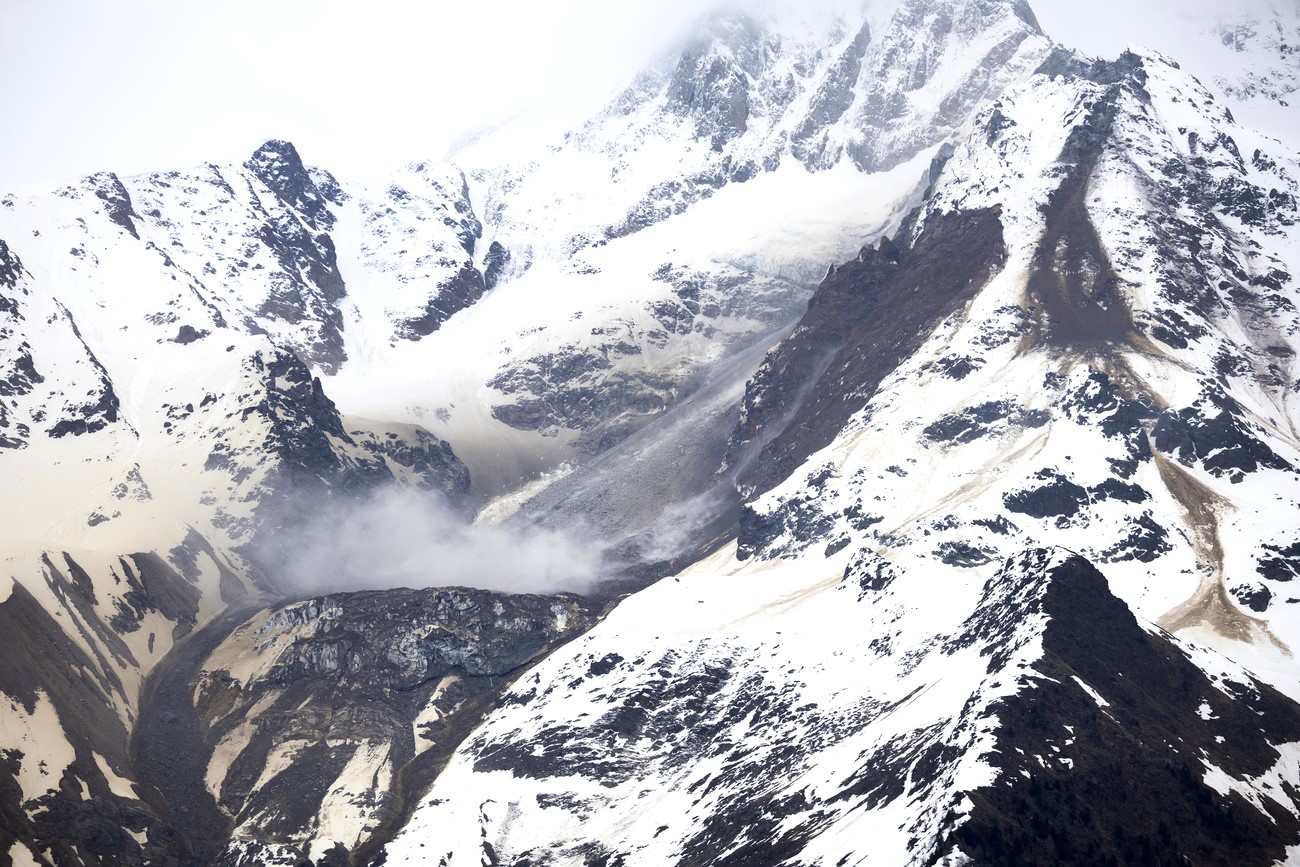

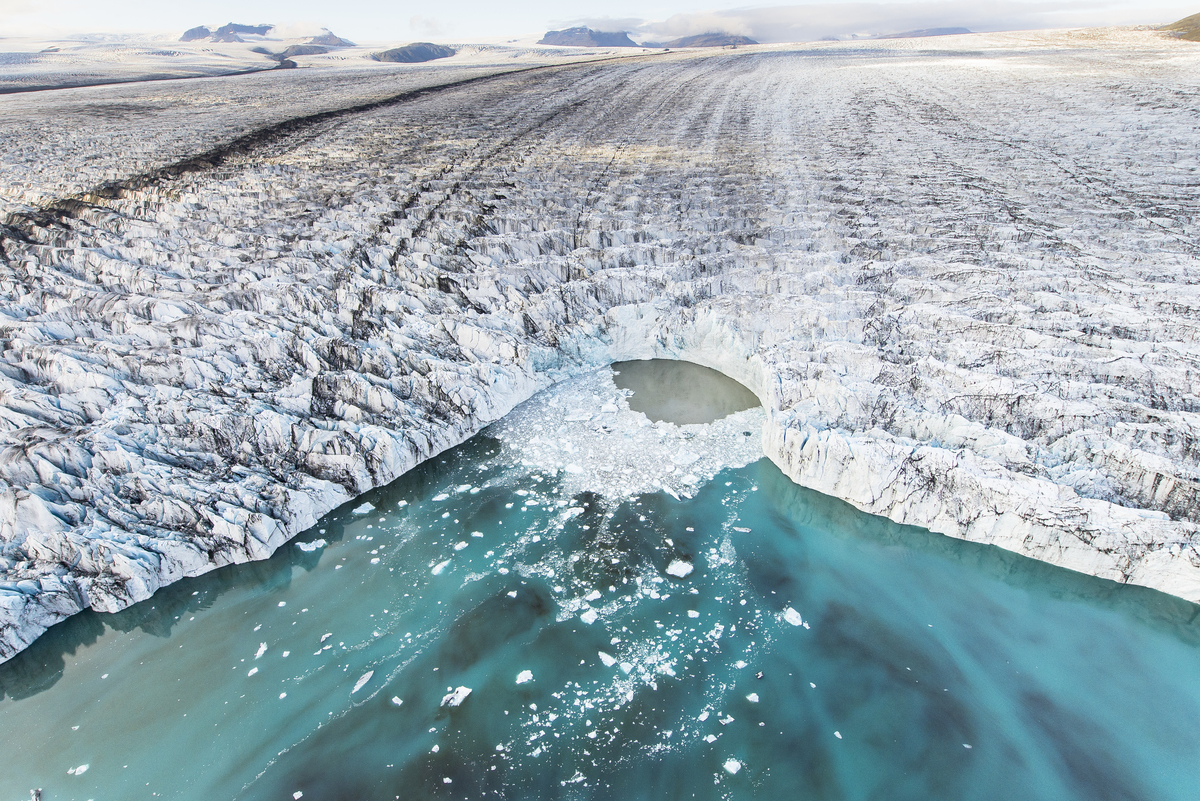

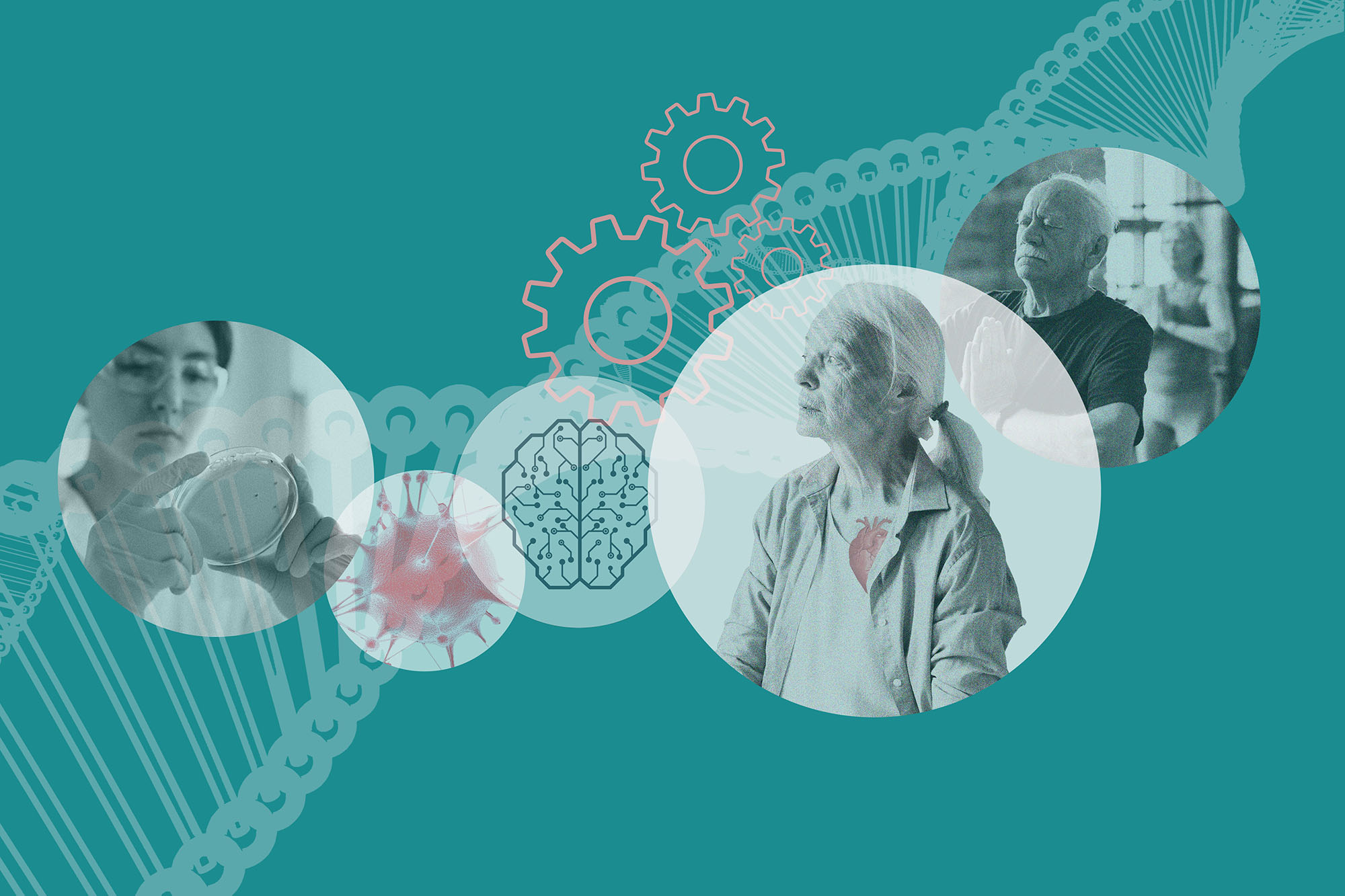
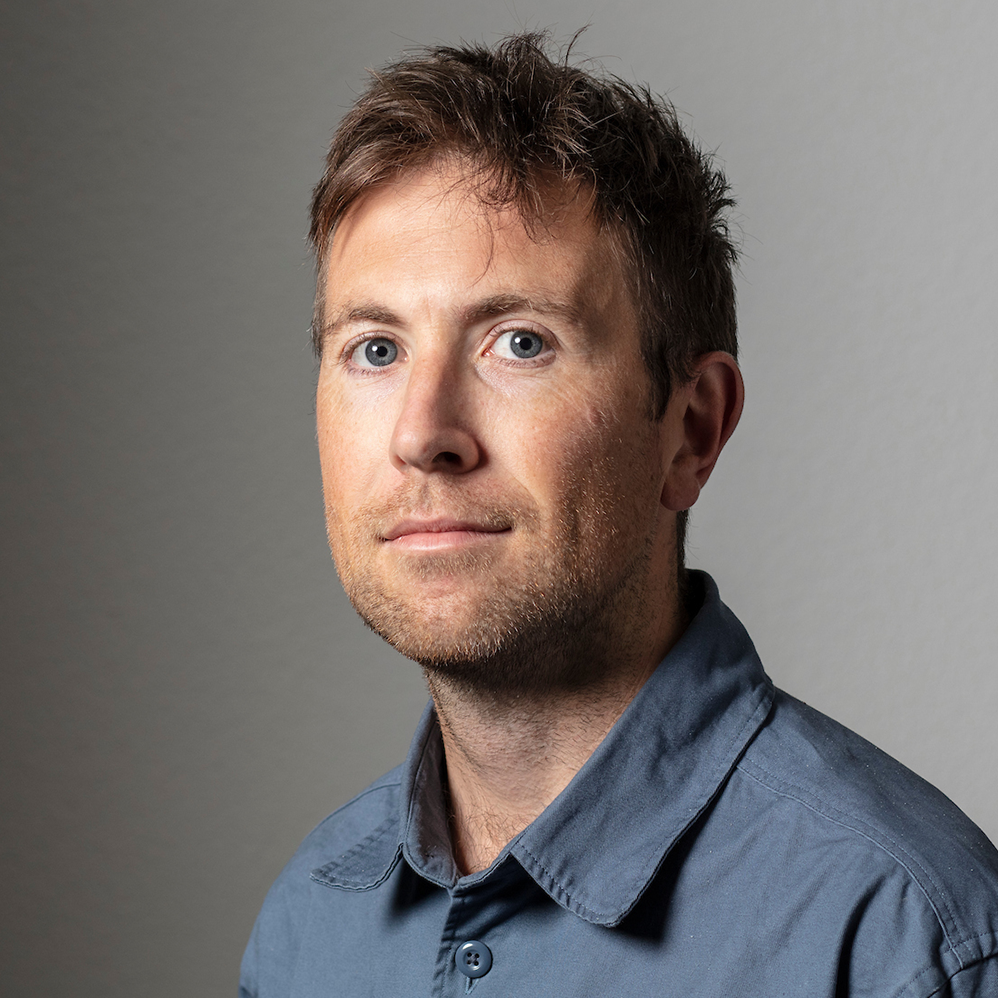

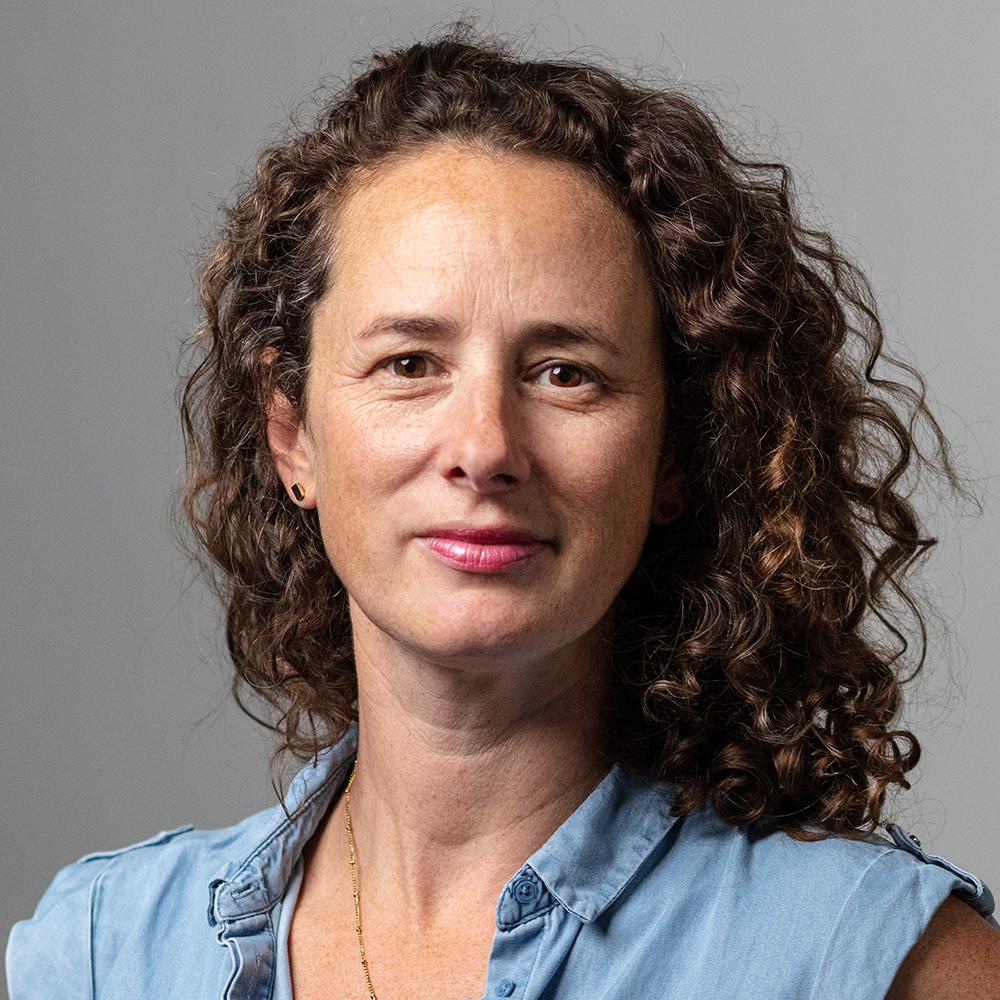
You can find an overview of ongoing debates with our journalists here . Please join us!
If you want to start a conversation about a topic raised in this article or want to report factual errors, email us at english@swissinfo.ch.